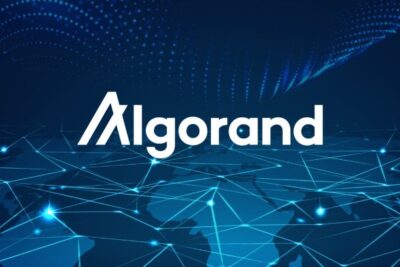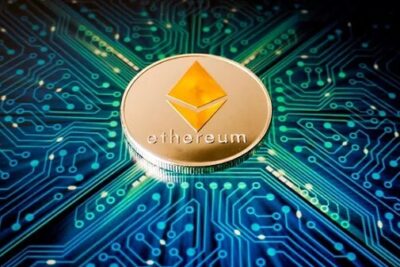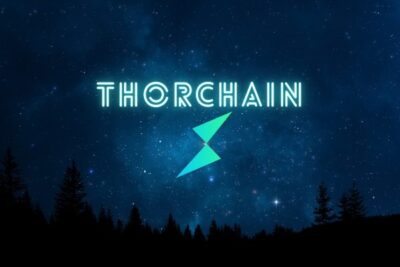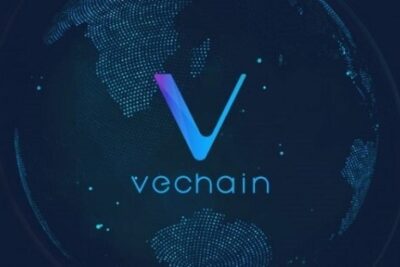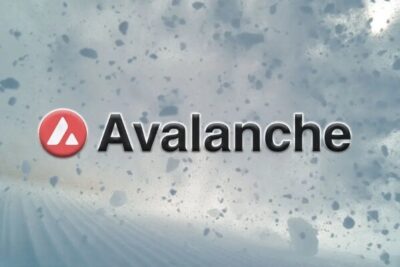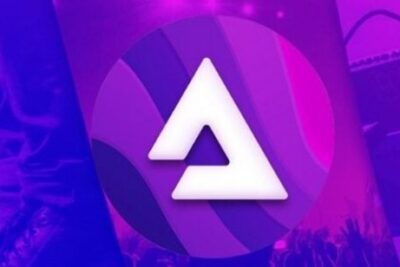

Cryptocurrency Explained: What Is Algorand And How Does It Work?
30 May 2022
Algorand is among the most prominent cryptocurrencies, striving to be the leading investment option in 2022. This digital currency is famous for its use of cryptographic methods to achieve what was previously computationally impossible: the development of an efficient algorithm that assures consensus.
ALGO may be used by anybody to conduct transactions on the Algordand network. ALGO crypto, like other digital currencies, may be exchanged openly. Continue reading to discover why Algorand is a leading cryptocurrency investment in 2022. But what is Algorand Exactly Where to find full information about Algorand? What is Algorand’s definition, how does it work, what is the ALGO token, and what does Algorand trying to solve? At bePAY, all you need will be to know about the Algorand project will be figured out clearly in the most simple way.
What Is Algorand?
Algorand is one of a number of newer initiatives aiming to increase the number of use cases for cryptocurrencies by increasing transaction speeds and decreasing the amount of time it takes for transactions to be pronounced final on its network.
Starting in 2019, Algorand aims to attain these characteristics by deviating from conventional cryptocurrency design practices.
Notably, Algorand distributes the ALGO coin it brings into its economy with each new block to all holders of a minimum quantity of the currency in Algorand wallets.
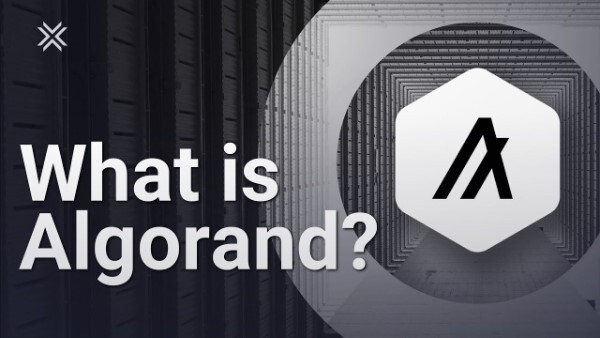
What is Algorand?
In addition, Algorand allows users to establish smart contracts (programmatic agreements for constructing decentralized apps) and tokens that may represent both new and current assets.
Such characteristics were effective in drawing a variety of venture capitalists too early private sales of ALGO were undertaken to support the platform’s growth.
Algorand’s Cryptocurrency
ALGO is the native Algorand coin and a fundamental component of the network’s architecture. In accordance with the protocol architecture of Algorand, the benefits provided to validators for creating blocks are divided and dispersed among all ALGO currency holders, as opposed to being awarded only to block producers.
As of February 2021, this indicates that all ALGO coin holders may receive around a 7.5% annual percentage yield (APY). Approximately every 10 minutes, rewards are distributed in an effort to entice users to join the Algorand staking platform and hasten the route to decentralization.
As a further convenience, users do not need to stake their own coins as part of the block manufacturing and validation process. To access earned incentives, they need to hold ALGO in Algorand Wallet, non-custodial wallet, or on an exchange. In this respect, Algorand has reached near-automation, since holders of ALGO may passively assist the network while holding ALGO.
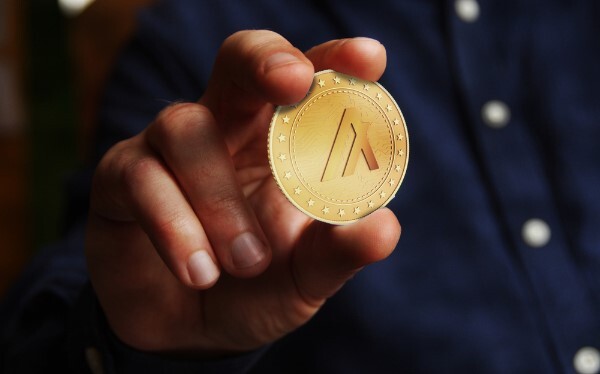
What is the Algorand token?
There is a production limit of 10 billion ALGO tokens, which are distributed as follows:
- Over the first five years, 3 billion ALGO will be issued into circulation (including the initial auction of 25 million ALGO coins)
- Approximately 1.75 billion ALGO will be awarded as prizes for Participation Nodes throughout time.
- 2.5 billion ALGO will be allocated to Relay Nodes throughout time.
- 2.5 billion ALGO have been set aside for the Algorand Foundation and Algorand, Inc.
- 0.25 billion ALGO will be allocated for grant funding to end-users.
Algorand’s decentralization of its ALGO currencies is an iterative process, similar to that of many blockchain-based initiatives aiming for maximally equal currency distribution. Critics assert that the protocol is temporarily centralized due to the Algorand Foundation’s present ownership of a considerable quantity of ALGO. However, the democratized reward distribution mechanism of Algorand is designed to prevent network centralization over the long term.
What Is Algorand Used For?
Similar to other cryptocurrencies, Algorand has attempted to develop an ecosystem of apps that can be utilized with its tokens. Obviously, many people purchase and sell Algo for speculative purposes, but it has other applications.
Developers of Algorand want to host smart contracts that may control the trade of digital property or digital representations of physical things.
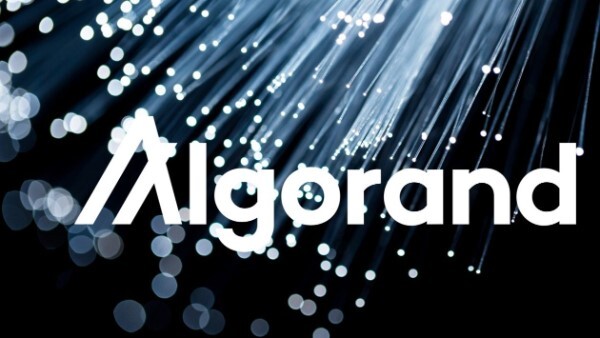
What is Algorand used for?
>> Recommendation: What are smart contracts? How do they function?
ANote Music, for instance, will enable investors and music publishers to purchase and trade royalties and rights on the Algorand blockchain. The investing platform Republic distributes dividends to investors using the Algorand blockchain. It even served as a host for chess rankings.
Algorand’s “DeFi” or decentralized finance, with its support for smart contracts and digital assets, is an important area of development. Developers of Algorand anticipate utilizing its blockchain for a variety of digital and “real-world” assets, such as gaming points and mortgage escrow payments.
How Does Algorand Work?
Algorand’s scalability is facilitated by its Algorand Staking Mechanism Pure Proof of Stake consensus technique? This protocol allows it to handle a large number of transactions fast without compromising decentralization. Proof of Stake (PoS) blockchains are scalable, but this scalability generally comes at the expense of a small number of validators with big stakes dominating block approvals. Proof of Work (PoW) suffers from the same problem since huge mining pools nearly always win the race to produce new blocks.
In contrast, the Algorand Staking PPoS consensus process randomly selects validators and blocks proposers from all participants who have staked and produced participation keys. The likelihood of getting selected is proportional to the participant’s share of the total amount staked.
Obviously, a small holder has fewer odds of getting chosen than a large holder. In contrast to Proof-of-Stake (PoS) blockchains, Algorand does not need a minimum stake, a substantial entrance hurdle for the typical user. With each staker who operates a node being a potential validator, the network’s security is more decentralized than with a selected group of validators, as in Delegated Proof of Stake (DPoS).
Proposal Phase
After staking and generating a participation key, users become participation nodes. These nodes communicate with one another using Algorand relay nodes. The block proposal process next employs a Verifiable Random Function (VRF) to pick several block proposers, taking into account the fraction of each validator’s stake.
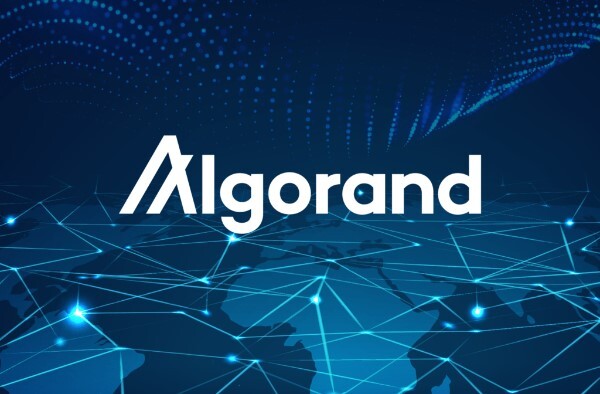
How does Algorand work?
Once block proposers have been selected, their identities are kept confidential until a new block is suggested. This increases network security since hostile actors cannot attack the selected validator. Nonetheless, a proposer might present their VRF output with their proposed block to establish their validity.
Soft Vote Stage
After submitting a block, participation nodes are chosen at random to join the soft vote committee. This phase filters proposals so that only a single candidate may be added to the blockchain. Voting power on the soft committee is proportionate to the amount staked by each node, and votes are utilized to pick the block proposal with the lowest VRF hash. This implies that it will be unable to launch a preemptive attack on the proposer of a block since the lowest VRF hash is an unpredictable number.
Certify Vote Stage
Next, a new committee is established to verify for double-spending and the integrity of transactions in the soft vote block. The block is inserted if the committee believes the work to be genuine. If this is not the case, the block is rejected, the blockchain enters recovery mode, and a new block is chosen.
It is a problematic aspect of the Algorand Staking PPoS consensus method because there is no cutting penalty for a leader who offers a poor block. As only one block proposal at a time reaches the certify stage, the likelihood of a fork in Algorand is very low. After the block has been added, all transactions are considered final.
What Is Algorand Trying To Solve?
Currently, blockchain transactions are very sluggish due to the “Blockchain Trilemma”. This word was created by Vitalik Buterin, the creator of Ethereum. According to this theory, a blockchain has three essential characteristics: decentralization, scalability, and security.
However, according to the Blockchain Trilemma, it is very difficult for a project to satisfy all three requirements. A decentralized network with stringent security would not be scalable. Likewise, a blockchain that is decentralized and scalable would have inadequate security, etc.
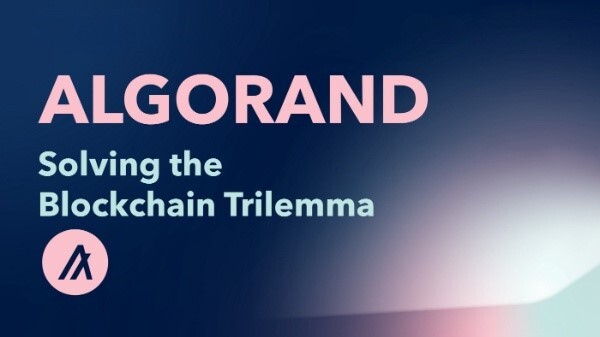
Algorand Trimlemma
Buterin argues that a blockchain network can only accomplish two of the three traits simultaneously on a basic level. The Blockchain Trilemma may be the cause of scalability problems in the majority of cryptocurrency blockchains. The majority of bitcoin projects are unable to manage significant transaction volumes while maintaining network decentralization and security.
In an effort to circumvent this issue, Algorand opted for a Pure Proof of Stake (Pure PoS) consensus process. Intriguingly, the technique takes a different approach than past PoS mechanism modifications.
For example, Algorand is content with a two-thirds majority agreement as opposed to a consensus of 100% from all validating parties. Therefore, in order to assault Algorand, you must acquire more than a third of the entire Algorand supply. This will be uneconomical anyhow, and possessing such a substantial quantity of the supply suggests you have a significant investment and would not want it to fail.
Algorand Main Feature
Algorand’s blocks are divided into segments using a unique random selection method known as the lottery. The portions are then subdivided into the proposal phase and voting round. These lotteries, also known as “cryptographic sortition,” are effective for expediting transaction completion and recording of finality. This eliminates the need to wait for 20 or more confirmations before determining whether or not a transaction has occurred.
The following are the two steps of the cryptographic sorting procedure:
Step 1: Proposal Phrase— A single token is chosen at random to be included in the following block during the Proposal Phase. To prevent manipulation or interference, this proposer is initially concealed from the network and then revealed during the transmission phase, when it would be futile to attempt interference. A token has the same probability of being chosen as any other token in the network.

Algorand Main Feature
Step 2: Voting Round— After the proposal phase, the next step is the voting round, in which a committee of individuals with at least 1,000 tokens apiece is chosen to approve the block presented by the initial user. The randomization and spontaneity in choosing the committee members make the protocol secure and immune to assaults, as opposed to the well-known fixed committee mechanism in many proof-of-work (PoW) or proof-of-stake (PoS) blockchains. The unknown is the target of any possible assault until it is too late to start one.
Algorand is also permissionless, meaning that anybody who has the token and is online may validate nodes. The procedure is fairly simple. Participants need just to visit the AlgoExplorer to stake the appropriate quantity of ALGO tokens. There are two sorts of nodes on Algorand: relay nodes and participation nodes. Relay nodes, which are hardware-intensive, improve communication between participation nodes, while participation nodes facilitate voting and other decision-making procedures.
What Makes Algorand Special?
Low computation requirements: Unlike the PoW blockchain consensus, the Algorand protocol eliminates the need for miners. This benefits in two ways: first, transaction costs are far cheaper than they would be if miners were present in the ecosystem. The protocol also meets the criteria for environmental friendliness.
Delegation: Tokens may be delegated to a stakeholder if a participant desires to participate in the delegation arm of the consensus.
Non-forkable chain: On the Algorand consensus, users may rely on each block as it appears since it cannot be forked or split into two separate chains. Algorand guarantees that transactions stay consistent, despite the fact that the network is sometimes partitioned. Many decentralized networks have issues with double-spending. On the Algorand network, double-spending is not feasible because it is difficult to persuade two distinct parties to confirm two distinct blocks of transactions in the same transaction round. Moreover, once a block is produced, it is a permanent component of the system.

What makes Algorand special?
Decentralized: The committee’s random selection method for confirming blocks allows anybody online to be picked, making the network truly decentralized. Token holders may also vote for or against network improvements.
Scalability & speed: Algorand outperforms its rivals in terms of scalability and velocity.
Alrogrand In Comparison With Others
Algorand Vs Ethereum
The blockchain systems Algorand vs Ethereum might be seen as rivals? Both systems provide infrastructure to facilitate the creation of more blockchain-based applications, and both use smart contracts.
A key distinction between Algorand and Ethereum is the consensus process used by the blockchain. To “mine” new currencies and execute transactions, Ethereum employs the proof-of-work (PoW) algorithm, which requires huge computational power and energy resources. Ethereum is rapidly shifting to the proof-of-stake consensus algorithm, the most prevalent consensus algorithm that requires blockchain network users to opt-in as validators. Algorand continues to rely only on proof of stake.
Every 12 to 14 seconds, the Ethereum platform may process a new block of transactions. Within about four seconds, Algorand network-processed transactions are finished.

Algorand vs Ethereum
Algorand Vs Solana
Solana’s usefulness is typically inferior to that of Algorand, and this disparity is anticipated to persist for the foreseeable future. This may explain why it is used in transactions to a lesser extent than Algorand, however, this may also be due to the fact that it is a more recent language.
Solana is almost twice as inexpensive to ship as Algorand. In addition, SOL’s transactions are about nine times quicker to confirm, i.e. achieve sufficient assurance. Solana is about as decentralized or less than Algorand. This may show that SOL is less reliable than Algorand, but it does not necessarily imply that Solana is less safe.
Solana and Algorand are in favor of self-custody, such as autonomous wallets. This reduces their security reliance on centralized institutions, like official wallets and exchanges. SOL and ALGO are both extensively accepted by at least one prominent cryptocurrency payment processor as of today.
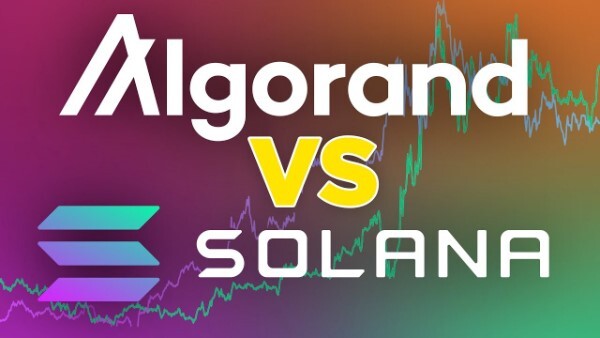
Algorand vs Solana
While Algorand’s proportion of accessible ALGO coins is 68.1%, Solana’s maximum supply is unknown/unlimited. In terms of inflation, Solana is almost eight times more expensive than Algorand. Algorand vs Solana is capable of staking.
Finally, both Solana and Algorand enable intelligent contracts. Whereas smart contracts enable developers to construct decentralized apps atop the blockchain network, such as DeFi.
FAQs About Algorand
Is Alrogrand A Good Investment?
Algorand is a wise investment since its ecosystem is expanding across the board. Like Solana and Avalanche, Algorand has been used by all sorts of developers.
Before investing in any cryptocurrency, it is essential to understand the fundamentals. This involves learning about the market’s foundational cryptocurrencies, such as Bitcoin and Ethereum, as well as newer coins and tokens such as ALGO.
How Can I Purchase An Algorand?
$ALGO is the ticker for Algorand on prominent exchanges like Binance, Coinbase, and many more.
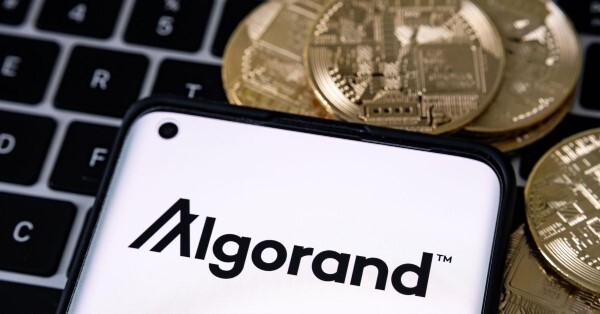
Buying Algorand
Is Algorand A Secure?
Despite the fact that investing in any cryptocurrency has inherent risks, Algorand is far safer than most other blockchains. Algorand employs cryptographic methods to protect its network from manipulation, fraud, and transaction alteration.
Closing Thoughts
Algorand is a remarkable project with a pure PoS consensus process. To restate, Algorand is one system that presently comes near to addressing the blockchain trilemma. It is currently unknown how Ethereum 2.0 will impact the Algorand protocol, however, Algorand should not suffer big damage.
Algorand’s staff combines great intelligence in the disciplines of mathematics and computers, and it has millions of dollars in retail and venture capital investments. The Algorand team is redefining the notion of DeFi, and we’re excited to watch how the next several months of the project unfold.
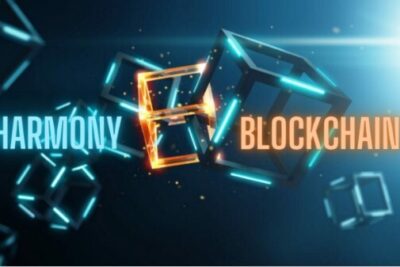
What Is Harmony ONE Blockchain And How Does It Work?
16 June 2022